

Ben Zachariah
Move over, Patrol: New-era Ford Maverick SUV imagined
14 Hours Ago

News Editor
The Honda Jazz won’t be getting an encore performance in Australia.
“I’ll be clear: Jazz isn’t in our plans,” said Honda Australia boss Carolyn McMahon.
“But that’s not to say as we as we go forward and look at what the market’s doing and what vehicles are available to us.
“We continue to scan for opportunities. But it’s not in the plans for us.”
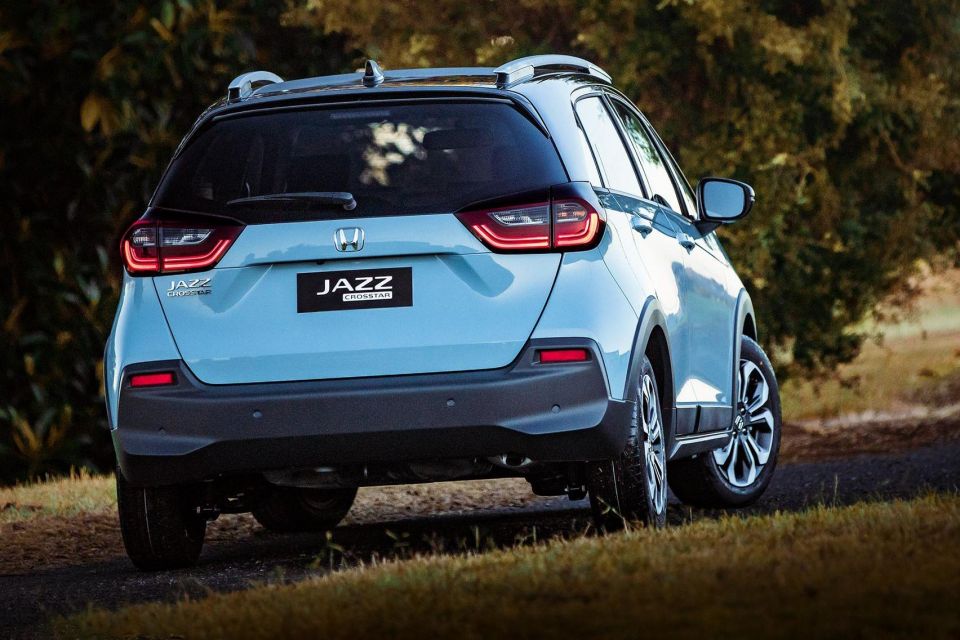
The Jazz was discontinued in 2020 with the end of production for the third-generation model. Honda Australia also withdrew the City sedan, its other vehicle in the light car segment.
The latest, fourth-generation Jazz is offered not only in Japan and Europe, where it was first revealed in 2019, but also a short trip away in New Zealand.
Our Kiwi friends can opt for the crossover-look Crosstar, priced from NZ$30,700 before on-road costs (A$28,700), while the cheapest of two hybrid variants starts at NZ$36,700 (A$34,310).
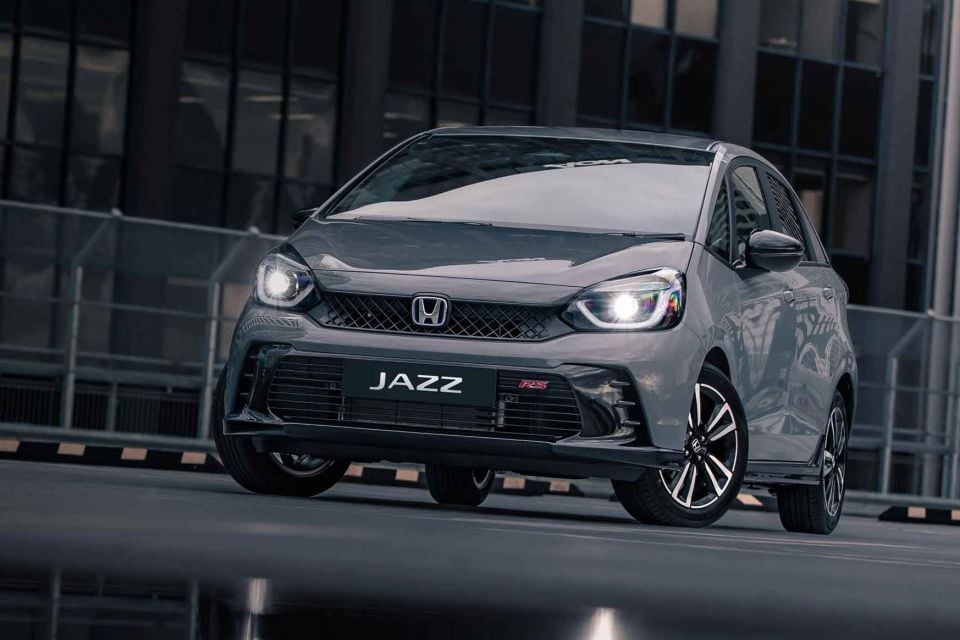
The standard naturally aspirated 1.5-litre four-cylinder engine produces 89kW of power and 145Nm of torque, while the hybrid also features a 78kW/127Nm 1.5-litre four-cylinder engine but with two electric motors that produce 90kW and 253Nm.
Combined system output figures aren’t available, but the claimed WLTP fuel economy figure for the Jazz hybrid is 3.8L/100km.
All NZ-spec models come standard with autonomous emergency braking, adaptive cruise control, and lane-keep assist, much like the latest Australian-spec Toyota Yaris.
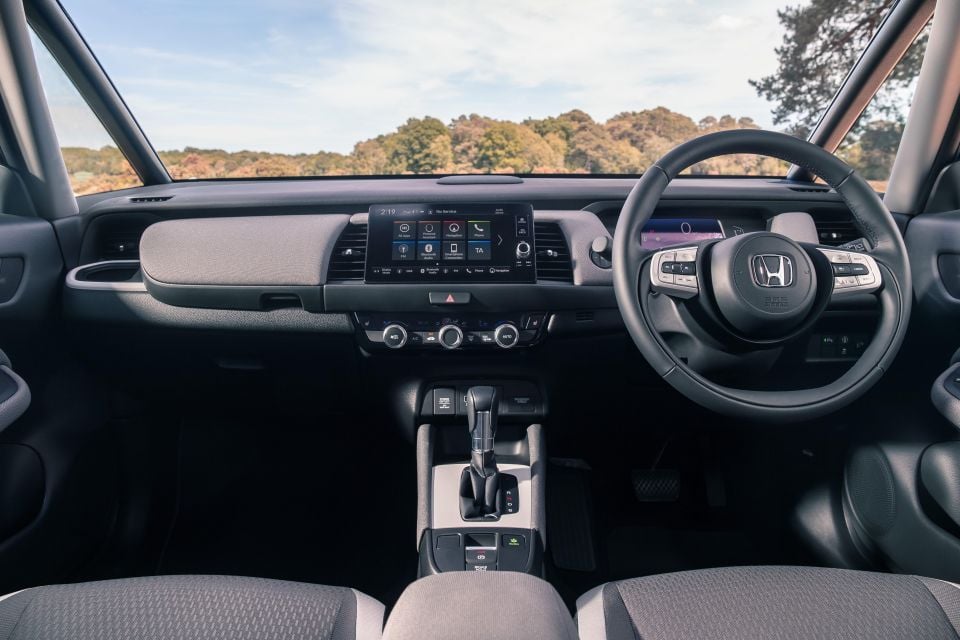
The old Jazz was priced between $18,690 and $24,490 before on-road costs in its last year on the local market and lacked these features, and the new generation would likely be more expensive if it were to ever be offered here.
However, the light car segment has changed dramatically over the past few years, with familiar nameplates like the Hyundai Accent, Suzuki Baleno, and (soon) Kia Rio getting the axe, and models like the Mazda 2 and Toyota Yaris seeing significant price rises albeit a correspondingly higher level of safety equipment.
These changes have seen the ageing MG 3 claim a share of over a third of the segment, indicating there’s still a market for a simple, eminently affordable light car that doesn’t have the latest in safety technology.
Honda switched to an agency sales model in July 2021, which sees it own all its own stock – instead of its franchise dealerships – and sell vehicles nationally at fixed prices.
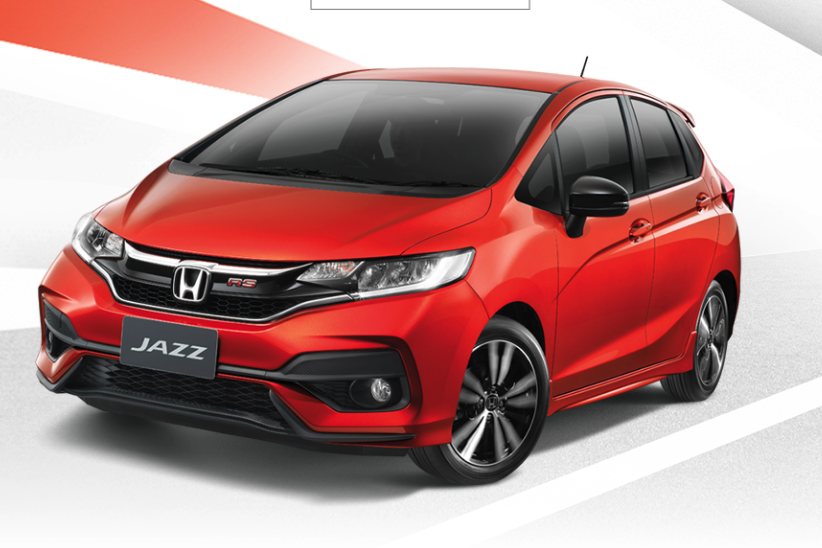
This transition also saw Honda pare down its dealership network and model line-up and focus on higher-spec vehicles.
With the new 11th-generation Civic, for example, the base price shot up by over $15,000, while the latest HR-V’s entry price climbed by over $5000 to $36,700 drive-away.
With no City or Jazz anymore, the brand’s cheapest is now the outgoing CR-V Vi at $35,900 drive-away – though the next-generation CR-V is almost certain to have a higher base price.
The company says the Civic and Accord are now “supporting” players and its focus is on SUVs this year, but ruled out transitioning to an SUV-only lineup in Australia.
MORE: Sales collapse tracked: Where did all the cheap small cars go? MORE: Everything Honda Jazz
Where expert car reviews meet expert car buying – CarExpert gives you trusted advice, personalised service and real savings on your next new car.
William Stopford is an automotive journalist with a passion for mainstream cars, automotive history and overseas auto markets.


Ben Zachariah
14 Hours Ago


Damion Smy
15 Hours Ago
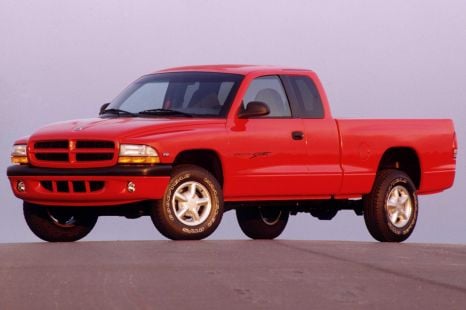

Derek Fung
16 Hours Ago
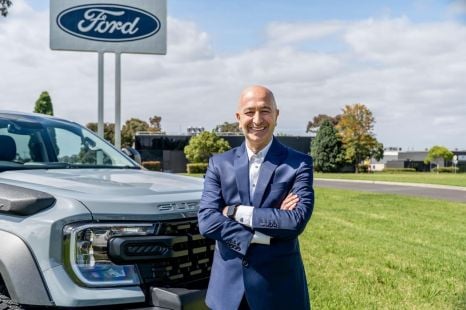

Ben Zachariah
16 Hours Ago
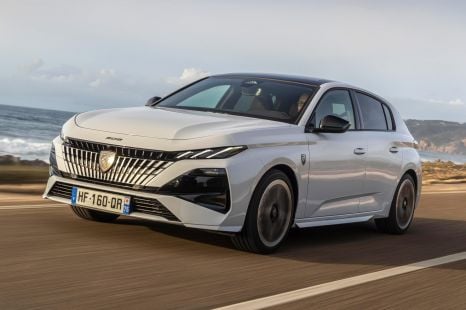

Matt Robinson
22 Hours Ago


CarExpert.com.au
1 Day Ago